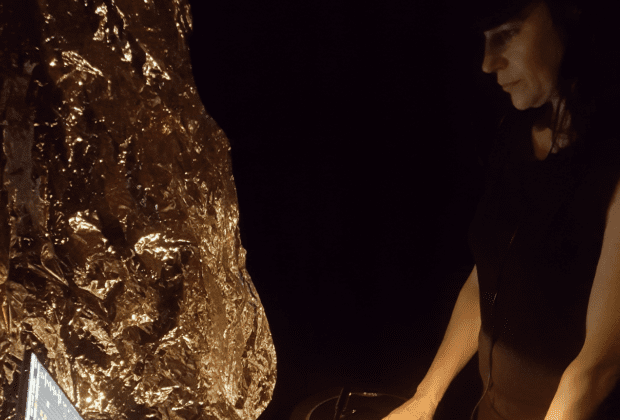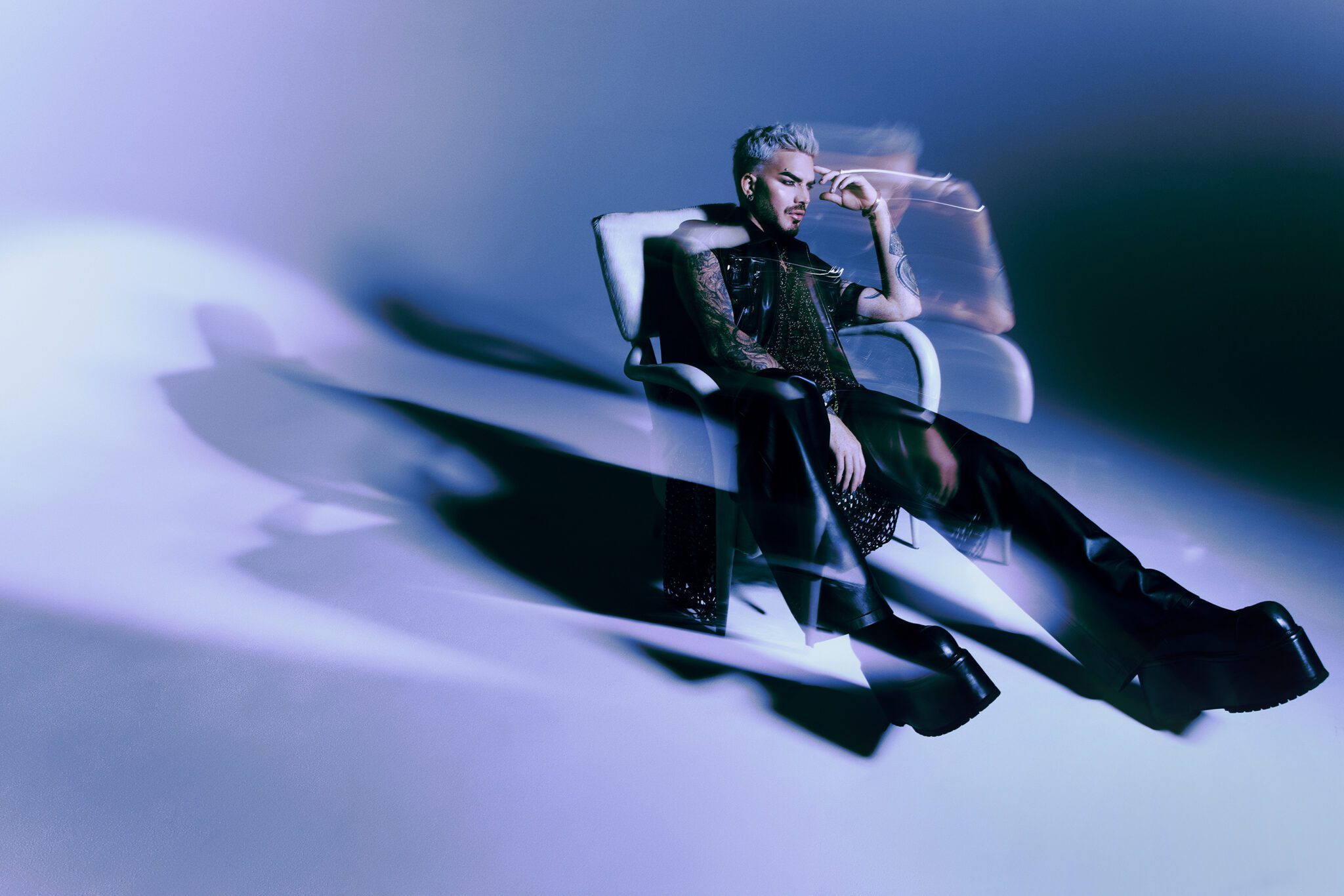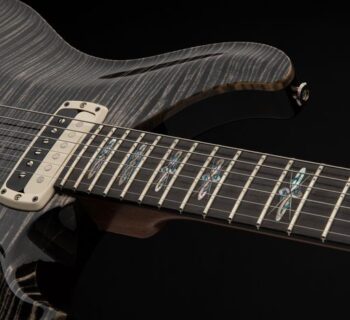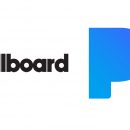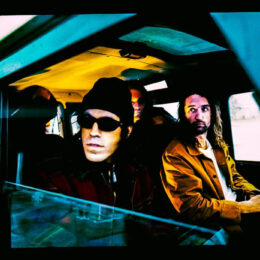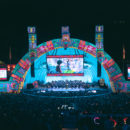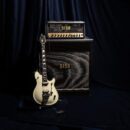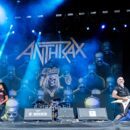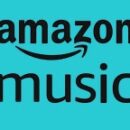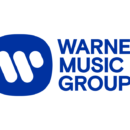Amy Zimmitti runs sound at the Philosophical Research Society in Los Angeles, a "nonprofit institution founded in 1934 by scholar and prolific author Manly Palmer Hall as a repository of multicultural wisdom sources and a center of learning." She told us all about it...
How long have you been running sound? How did you get into it?
I started on the East Coast in the late 1990s. I was finishing up my undergrad and was accepted as a resident artist at AS220, a non-profit arts organization with a performance venue (and much more) in downtown Providence RI. All residents were required to volunteer a few hours a month to do the door for an event and I found this to be extremely boring. I started shadowing the House Manager and volunteered to mix a show a month for free instead. Within a few months, the House Manager retired and handed me his full-time job with health benefits.
From there I started shadowing other engineers at various venues and recording studios in the tri-state area, picking up gigs doing FOH Monitors and assisting as an engineer in some great recording sessions. In the early 2000s, I became very interested in film & game sound while my younger brother Matthew wanted to pursue a game development degree. I was ready for a recording arts degree myself and some warm weather, so we relocated to central Florida to attend Full Sail University together.
While in Florida I played in some great bands, worked in a couple of recording studios, and picked up a regular Monitors gig on the weekends at the Masquerade in Ybor City. I started boom-opping on lots of film sets. An old friend that I had trained to take my live gigs when I was leaving Providence, had moved to Austin, TX, and set me up with what became a whirlwind series of years working for SXSW music festival record label showcases.
We would start the day at 11:30 a.m. and be done wrapping 15-20 different bands by 4 a.m. and then do it all over again for another 10 or so days in a row. In the late 2000s, I relocated to Los Angeles to become a course director for film and game sound at The Los Angeles Film School, which I still enjoy more than anything to this day.
At the start of the pandemic in 2020, that job transitioned to an online program and has remained remote since. I had thought for years that I was fully retired from doing live sound. I had only done one live mixing gig in L.A. in over 15 years, but it was that 1 gig that led me straight to PRS three years later!
How did you get hooked up with PRS?
About a year ago, I visited PRS for the first time to do the sound design and ProTools live playback for a performance artist whom I had worked with previously. Our only gig together was one weekend of shows at Highways Santa Monica right before the lockdown and every performance space closed in 2020. After the PRS event went very well for everyone, the performance artist was approached and hired as a librarian and I was approached and hired as an AV Tech.
PRS was getting super busy with up to three events in one day on some weekends and wow there has been so much to do since then. I try to book only one evening a week to not get too busy with work in general but often it is up to three nights per week and or a daytime screening on the weekend.
I feel that for every event I am not working at PRS, I am missing something grand and it's true. I'm going to miss the evening of claymation Gumby Central while on the East Coast next week but I will be back in time for Leonard Cohen's in-spirit 90th birthday celebration thank goodness, to give you an idea! The programming at PRS is the absolute best and most diverse and interesting I have found since working at AS220 almost three decades ago.
It's also totally my speed for the present day. The staff and guests are so nice to work with, I'm usually wrapped by 10 p.m., and the venue is smoke-free and vegan-friendly. We drink lots of tea and have inspiring conversations all the time. It's perfect!
Any particular highlights? Which bands have been the best to work with?
Chan Marshall (Cat Power) when she was touring solo with her partner-driver in the 1990s. They were hand-painting a small number of shirts for sale. Big place in my heart there, especially after seeing her spectacular recent performance of Bob Dylan songs at the Ace DTLA this past year. Monitors for Patti Smith at the Middle East Night Club in Cambridge MA, legend.
My first night ever on FOH in a large venue was at Lupo's Heartbreak Hotel in Providence, RI with Jerry Cantrell. I remember being pretty darn nervous about it. He was so nice to me, a truly kind man. We had a blast and laughed a lot and the concert was awesome, he sounded absolutely fantastic.
I'm glad to hear he is back out on tour this year and that one of the best engineers I know is on his crew. Mr. Bungle had some amazing musicianship and got to work with one of the band members two days in a row. I was floored by the full band's evening performance at a larger venue, and then the next day the upright bass player did an incredible intimate matinee show with famous multi-instrumentalist Joe McPhee on flugelhorn. Talk about wow.
The Bindlestiff Family Circus at the Columbus Theatre, Man or Astroman at Club Deville, and of course David J Haskins at PRS. What a great time we had. Having the mixing board close to the stage for that recent show was essential so that we could communicate all the sign language for each song throughout his dynamic and truly remarkable set.
How would you describe the acoustics/layout at PRS?
Mixing at PRS can be challenging but is much like what I remember enjoying about doing monitors side stage when we were all still using analog consoles. I remember we engineers used to get booked working in pairs, FOH and Monitors, where now mostly we are working solo in front of a digital board doing both.
The position of the board at PRS is close to the side-stage left, and not anywhere near the ideal sweet spot or place to mix a proper stereo field. The ideal mix position is not possible at this time, because we will be accommodating film and high-definition projection at the same time we build the booth for all uses in the room, and that is someday in the future.
The walls are hard-painted cinder blocks with an acoustically absorptive ceiling, and deceiving room measurements once you have referenced the elevation drawings. I believe the larger-than-life extraordinary paintings by contributing artist Michael Pearce have greatly improved upon the otherwise reflective character of the room, in addition to creating an overall mesmerizing view of course!
When I started at PRS the original stereo speaker system was still on stands and at standing head height. We were able to get these mounted higher up on the side walls but not too high to be inefficient.
I have done my share of venue and studio installation over the years and we also have the expertise of our staff members Sara and Eric to thank, who both know their stuff and do the research. We are currently in the process of adding two more speakers in the room to more evenly cover the back rows of seating and to relieve the front rows of higher volumes, balancing the levels across all theatre seating with what equipment we have.
The speakers are being hung in a style you might see in a movie theater or dub stage because we do lots of film and video screenings.
What gear do you use?
All of the equipment to my knowledge has been donated or purchased with recommendations from our board members, very simple, with no bells or whistles, but is working great for most of what we do. We have a 14-channel Yamaha powered mixer with two sets of 12" passive JBL speakers and one set of the same in 6", along with a 15" subwoofer. We have a few SM58 and 57 dynamic mics and a few AT condenser mics, and we desperately need a decent pair of wireless omni lavalier mics with their transmitters and receiver(s).
If all goes well later this year I hope that either Saint Nicholas or Krampus will surprise us with those this holiday upcoming season! We do not have any DI boxes yet or a stage box with a two-way snake. Everything including electronic instruments with hot outputs and long-cable runs coming from 16mm protectors goes directly into the inputs on the board.
There is nothing in-line between the outputs on the mixer and the inputs of the speakers, nothing inserted, and nothing connected to the two auxes unless we do a board recording or run some monitor wedges. We have a blanket compression knob and sweepable mid knob on the first 6 channels and one built-in real-time effect at a time as an option.
We have two smaller portable PA systems that were donated for events in our Library, Lecture Room, Hansell Gallery, Bookstore, and Courtyard, and we take parts from those to use as monitor wedges for bigger shows in the theatre.
All of this being said, it's a blast to get a show sounding either fabulous or as good as possible within the limitations of our budget as a non-profit performance space and with a limited selection of donated equipment. The dB levels rarely go above 90 at the mix position in the theatre, but this is still quite loud as most of us know to preserve our hearing.
I always carry and wear my Westone fitted earplugs and I often wear a Uline set of enclosed protection on top of that, especially when we are doing a movie screening. For playing house-cut trailers for upcoming screenings, video backdrops, lecture presentations, and screening program files, we use Mitti software. This affordable solution for creating professional playback programs was recommended by my colleague Sara and it has been working very well for us.
When we are doing a board recording, we use Zoom devices of various sizes, and I still prefer my Sony MDR headphones for every application (live, studio, film set, etc). We also stream and do video recordings for some events using Zoom software and a Black Magic audio video switcher for two cameras and a computer.
For more information, visit prs.org.

